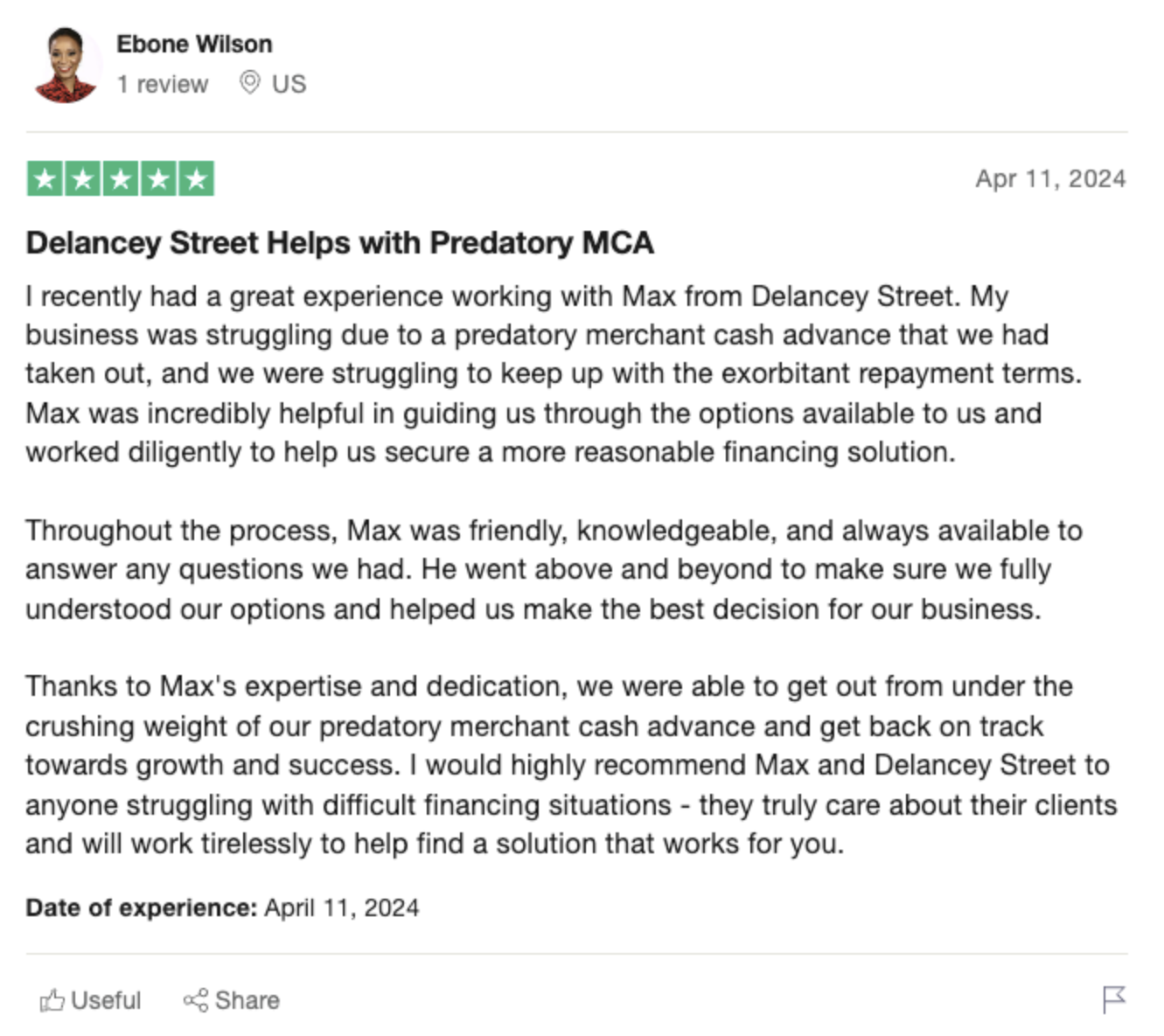How To Rebuild Credit After Bankruptcy
Dealing with bankruptcy can feel like a huge setback – but it doesn’t have to be the end of the road. With some smart strategies, you can start rebuilding your credit right away. Let’s dive into the details, shall we?
The Basics: Understanding Your Credit Score
First thing‘s first, we need to talk about your credit score. It’s kind of like your financial report card – it tells lenders how trustworthy you are with money. After bankruptcy, your score will take a major hit; but don‘t worry, it’s not permanent.Your credit score is calculated based on things like your payment history, amounts owed, length of credit history, and types of credit used. The higher the score, the better you look to potential lenders and creditors.Most scores range from 300-850. Anything below 670 is considered subprime; above 800 is excellent. So after bankruptcy, you’re probably looking at a score in the 500s or even lower – yikes! But we can fix that.
 -
-Step 1: Check Your Credit Reports
Before doing anything else, you’ll want to get copies of your credit reports from the three major bureaus (TransUnion, Experian, and Equifax). This will show you exactly what‘s being reported and allow you to catch any errors that could be dragging your score down.By law, you’re entitled to one free report per year from each bureau. Go through them line-by-line and dispute any mistakes you find. Removing incorrect negative items is an easy way to boost your score quickly.
Step 2: Develop a Strategy
Rebuilding credit takes time and discipline – there‘s no magic overnight fix. But having a solid game plan will make the process smoother. Here are some key things to focus on:
Payment History (35% of your score): This is the biggest factor influencing your score. Set up payment reminders and automations so you never miss a due date going forward. Payment history takes time to build, so staying on track is crucial.
Credit Utilization (30%): This ratio looks at how much of your available credit you’re using. Experts recommend keeping utilization below 30% to avoid hurting your score. Using too much available credit makes you look risky to lenders.
 -
-Credit Mix (10%): Having a mix of different account types (credit cards, loans, etc.) can help your score. But don’t open too many new accounts at once – that can backfire.
New Credit (10%): New accounts will lower your average age of credit, which can ding your score temporarily. But you’ll need to get some new credit to rebuild. Just do it slowly and responsibly.
Credit Age (15%): The older your credit accounts, the better. You can‘t control this factor directly, but keeping older accounts open and paying on time will help in the long run.
Step 3: Get a Secured Credit Card
One of the fastest ways to start rebuilding credit is with a secured credit card. These require an upfront refundable deposit that becomes your credit limit. Make a few small purchases each month and pay the full statement balance on time.Secured cards aren’t as exciting as traditional unsecured cards, but they’re a great tool for establishing a positive payment pattern after bankruptcy. Most major issuers like Capital One, Discover, and Citi offer secured products.After 6-12 months of responsible use, you can request to convert to an unsecured card and get your deposit back. Using a secured card shows lenders you can handle credit again.
Step 4: Become an Authorized User
Being added as an authorized user on someone else’s long-standing credit card account can give your score a quick boost. Their good payment history and credit limit will start getting factored into your reports and scores.Obviously, you‘ll want to choose someone really responsible like a parent, spouse, or other trusted family member. And be sure to have them set your user status to one that gets reported to the bureaus.Just keep in mind that if the primary account holder ever misses payments, it could end up hurting your score too. So pick your piggybacking partner carefully!
 -
-Step 5: Consider Credit-Builder Loans
With a credit-builder loan, you “borrow” a small amount (say $500-$1000) from a lender and make fixed payments over 6-12 months. The money goes into an account that you can’t access until the loan is fully repaid.These loans can be a great way to build payment history without having to pay interest or fees. Once you’ve made all the payments, you get the principal back and the lender reports the full repayment to the credit bureaus.Self, Credit Strong, and Self Lender are some top providers of credit-builder loans. Just be sure to shop around for the best rates and terms.
Step 6: Limit Credit Checks
Every time you apply for new credit, it results in a hard inquiry on your credit report. Too many of these can hurt your score, especially right after bankruptcy when you’re trying to rebuild.So go easy on applications for new credit cards, loans, apartments, etc. Each hard inquiry can knock off a few points from an already-dinged score. Stick to applying for just one or two products at a time.
Step 7: Become a Better Credit Consumer
Rebuilding credit is about developing long-term healthy habits. Get in the practice of:
 -
-- Checking your reports regularly for errors or fraud
- Paying all bills on time every month (set up autopay if needed)
- Keeping credit card balances as low as possible
- Only applying for new credit when absolutely necessary
- Monitoring your credit score and tracking your progress
It takes discipline, but smart credit behavior will pay off big in the form of higher scores and better lending terms down the road.
Step 8: Be Patient and Persistent
Here’s the hard truth: Bankruptcy can keep dragging your credit scores down for up to 10 years from the filing date. So you have to be patient and persistent with your rebuilding efforts.The good news? You can start seeing major improvements in as little as 12-24 months if you follow the right strategies. And by year three or four post-bankruptcy, you could potentially have scores back in the 700s if you’re diligent.Just don‘t get discouraged if your scores don’t skyrocket right away. Stick to the plan, celebrate small wins, and your credit will be on the rebound before you know it.
Bonus Tips for a Speedy Rebound
Want to turbocharge your credit rebuilding? Try implementing a few of these bonus tips:
- Enroll in Experian Boost to get credit for utility and streaming payments
- Dispute any errors or outdated negative info on your reports
- Ask creditors for a “good will” deletion of negative items
- Become an authorized user on a family member’s credit card
- Get a co-signer on a loan to offset your poor credit
- Use a service like Experian.com to monitor your FICO scores
- Check your credit reports frequently for mistakes or fraud
With some creativity and hustle, you can help your credit scores recover faster after bankruptcy. Just don’t get overzealous and end up back in debt trouble!
When to Seek Professional Help
For many people, rebuilding credit after bankruptcy is manageable with some guidance and self-discipline. But in certain situations, it may be wise to enlist professional help, such as:
- If you have a complex bankruptcy case: Chapter 7, Chapter 13, multiple filings, etc. can seriously complicate credit rebuilding. An attorney can advise you.
- If you’re dealing with excessive debt: Credit counselors and debt consolidation programs may be better paths if you’re still overwhelmed by what you owe.
- If you’re facing legal issues: Lawsuits, judgments, and garnishments require careful handling to limit credit score damage. Lawyers can guide you.
- If you struggle with money management: Financial coaches and credit repair services can help get you on track if budgeting and planning are challenges.
The road to great credit after bankruptcy has its hurdles. Don‘t be afraid to ask for professional reinforcements if you need them.
Hang in There – Better Credit Awaits!
Rebuilding credit after bankruptcy is a marathon, not a sprint. It takes time, effort, and commitment to undo the damage and raise your scores. But it‘s 100% possible with the right game plan.Follow the tips we covered like getting a secured card, piggybacking on other’s credit, and living within your means. Check your reports religiously, dispute errors, and be patient as you steadily rebuild.Most importantly, learn from what led to your bankruptcy in the first place. Whether it was overspending, job loss, medical bills, or other setbacks – understand those triggers so you can avoid repeating past mistakes.Developing healthy financial habits now will pay dividends down the road in the form of lower interest rates, more borrowing options, and less money stress. Great credit really does open doors.So don‘t get discouraged – your journey to an excellent credit score starts today! Stick with it, and you’ll be well on your way to putting that bankruptcy behind you for good.
Still have some burning questions? Let’s run through a few common queries:
Q: How long does bankruptcy stay on your credit report?
A: Chapter 7 bankruptcies can remain on your reports for up to 10 years from the filing date. For Chapter 13, it’s 7 years from the date it was discharged or dismissed.
Q: Can I get approved for loans or credit cards right after bankruptcy?
A: It’s possible, but your options will be very limited at first. You’ll likely need to start with secured cards, credit-builder loans, or become an authorized user to start rebuilding your credit profile.
Q: Do I have to wait until bankruptcy falls off to get good credit again?
A: No way! With smart credit habits, you can get your scores back into the 700s in as little as 2-4 years after filing bankruptcy. The bankruptcy notation will still be there, but its impact will lessen over time.
Q: Should I pay to have items removed from my credit report?
A: Be very wary of companies promising to clean up your reports for an upfront fee. This is often a scam. You can dispute inaccurate items yourself for free through each credit bureau.
Q: Will getting remarried help my credit situation?
A: Not directly, but adding a spouse as an authorized user on your accounts could provide a credit boost from piggybacking on their history. Just be sure you both understand the implications first.







